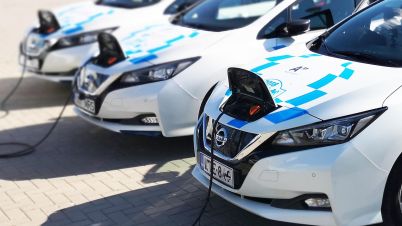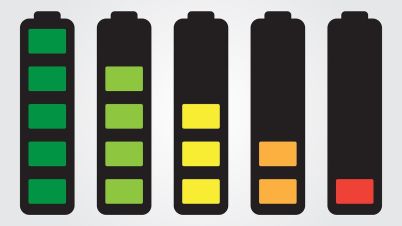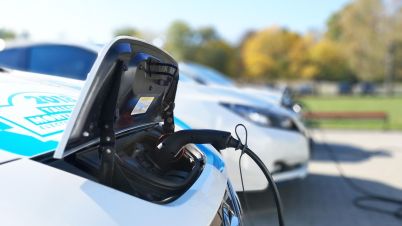Respond to Feedback: Volkswagen Reintroduces Physical Buttons in New Car Models
By

As part of Volkswagen's electrification drive, the automaker has sought to modernize not only its powertrains but also its interior designs, aligning them with prevailing industry trends, such as minimalism. However, this transition has not been without its challenges.
The Shift: A Backward Move for Customer Satisfaction
Reports stated that many VW owners have expressed their dissatisfaction with the shift away from physical interior buttons in favor of touchscreen controls and haptic-based steering wheel buttons. Thus, emphasizing the importance of physical buttons in the driving experience and prompting a reevaluation of the buttonless approach.
The new ID.2all concept is the first step in this change of direction. It takes the fears of enthusiastic supporters into account and recognizes how important tactile controls are to the driving experience. As reported in InsideEVs, Interior designer Darius Watola confirms that VW is embracing this shift by reintroducing physical buttons across its new car models, a decision informed by the passionate voices of those who hold the German everyman brand close to their hearts.
VW says that users were upset with this choice of touchscreen controls because it wasn't what they wanted. Such make Volkswagen to rethink about its method with the new ID.2all models, which have physical buttons again.
Reports revealed customer's dissatisfaction with its recent focus on touchscreens and touch-basted capacitive buttons. Moreover, NewsBytes stated that such approach hasn't received well by customers. Thus, making VW think about and work on its design tactics.
The shift to the old - school physical buttons was not only a response to customer feedbacks. It is also the company's way in ensuring safety for drivers and passengers. As shared on the same report, CEO Thomas Schafer acknowledged that the touchscreen-centered design had a significant negative impact on the carmaker, as reported by Autocar India.
The redesigned interior will feature a series of illuminated physical buttons dedicated to climate control functions, along with a rotary controller situated on the central tunnel to facilitate touchscreen operations. Watola emphasized the safety aspect of having a display within the driver's field of vision but recognized that European customers held a distinct perspective in contrast to customers in other parts of the world.
READ MORE: Fiat's Electric 500e Arrives in North America Early Next Year
Sneak Peek: Idea.2all Concept
Volkswagen is working to repair its reputation after a controversial decision regarding steering wheel buttons.Thomas Schafer, the CEO, knows that the brand has been hurt and is making changes, starting with the Volkswagen ID 2. Based on what customers have said, the ID.2 idea brings a new way of doing interior design.
It features a row of physical backlit buttons below the touchscreen, granting easy access to HVAC controls. Additionally, there's a manual volume button and a large center knob reminiscent of BMW's iDrive, offering controls for various vehicle functions.
Incorporating alterations in design, Volkswagen places a strong emphasis on sustainability, gradually eliminating rigid plastics, adhesive materials, leather, and chrome elements. The new car models, particularly the ID.2all concept, prominently showcase soft-touch materials, fabric components, and Alcantara, while minimizing the utilization of wood and metal elements.
With regard to these advancements, the aim is for the features and materials showcased in the ID.2all concept to be integrated into future production cars by the year 2025. Volkswagen is adding innovative storage to their production models, like rear bench bottoms that can be folded up and underfloor trunk storage sections that are easy to reach.
RELATED ARTICLE: Volkswagen Confirms Brand "No Longer Competitive", Take Measures to Keep Up with the Market
Copyright @ MOTORTIMES, All rights reserved. Do not reproduce without permission.








